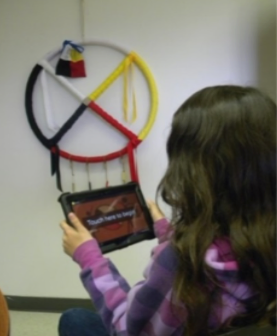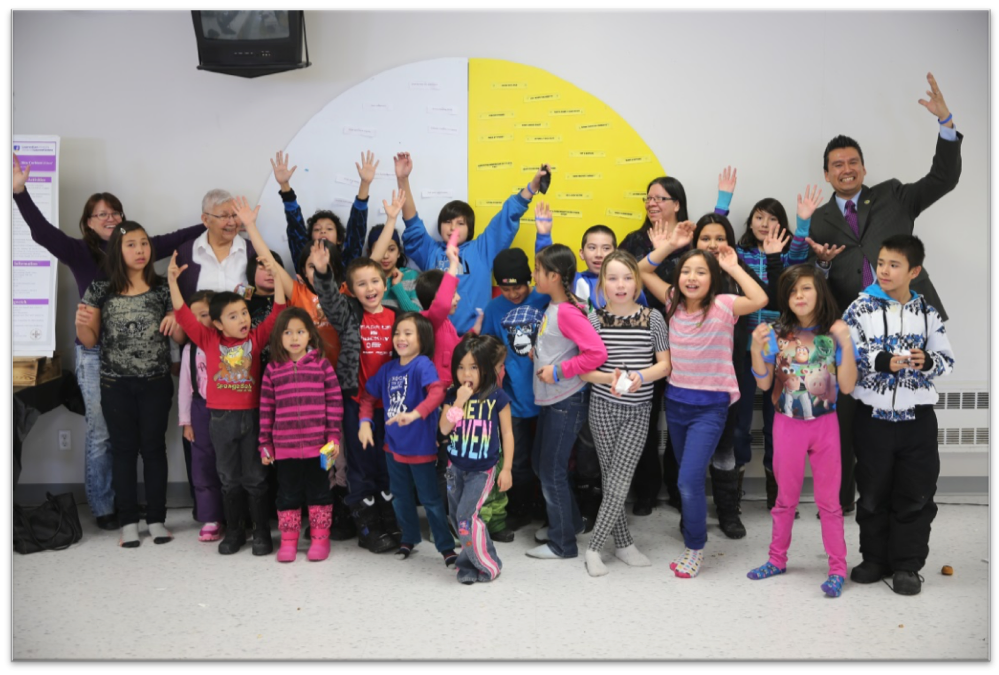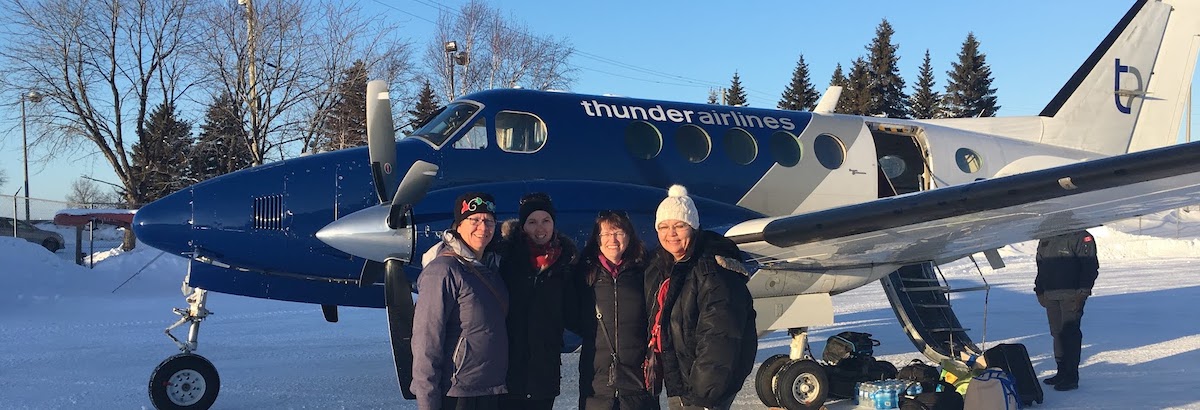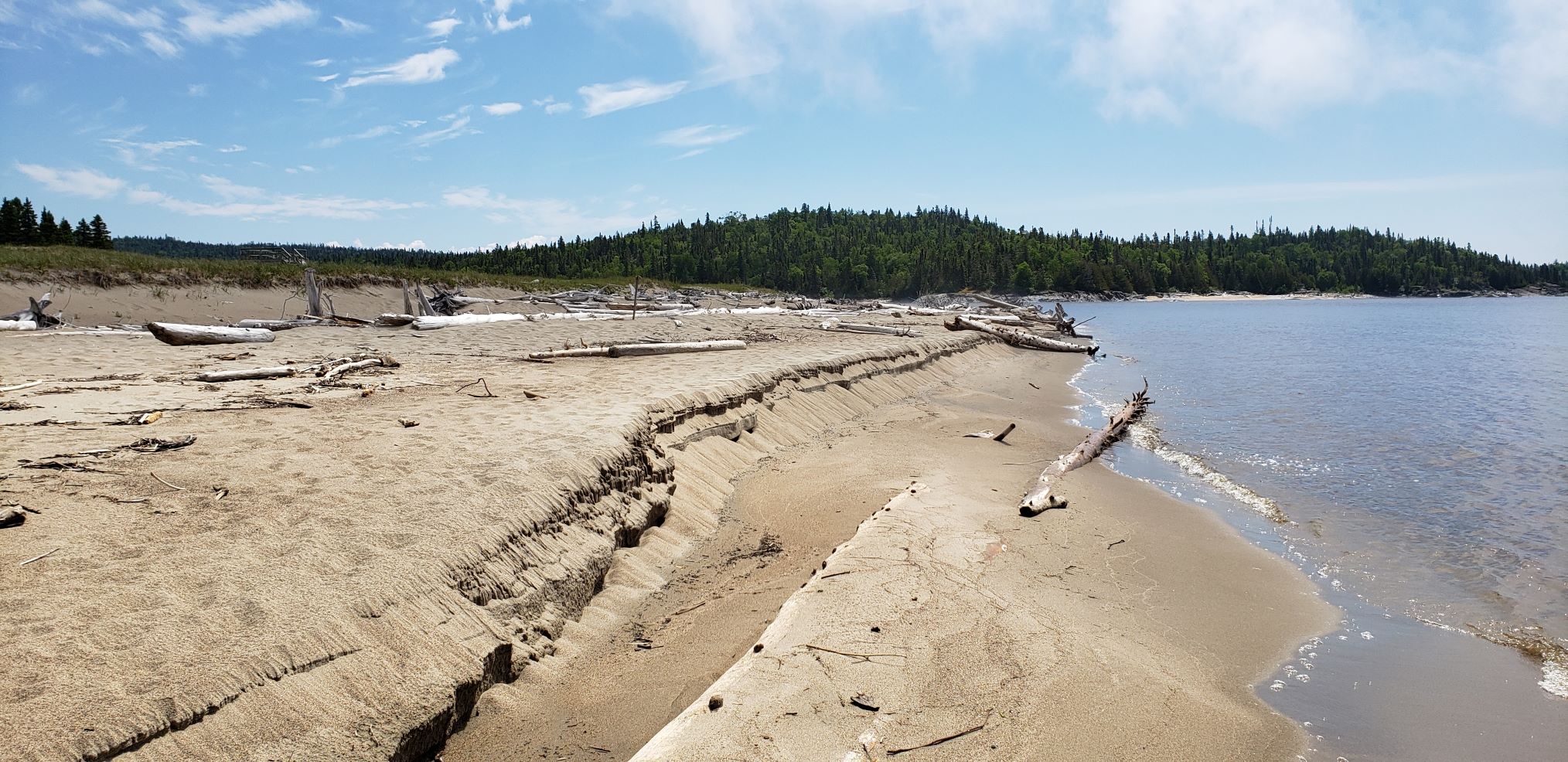2009 Journey Begins
 Wiikwemkoong Unceded Territory and Laurentian University began active collaboration to create a new measure for Indigenous children.
Wiikwemkoong Unceded Territory and Laurentian University began active collaboration to create a new measure for Indigenous children.
Note that while development began in [one community](https://wiikwemkoong.ca), the intent was always to ensure relevance to all Indigenous in Canada. The rationale: There was a lack of evidence to guide health care delivery in Indigenous communities due in part to absence of culturally relevant and appropriate outcome measures. The solution: We created a new child self-report measure of health and well-being by identifying relevant concepts, from the perspective of Indigenous children and youth. How do Indigenous children and youth conceptualize health and well-being? What are the best items to enable Indigenous children and youth express health and well being?






